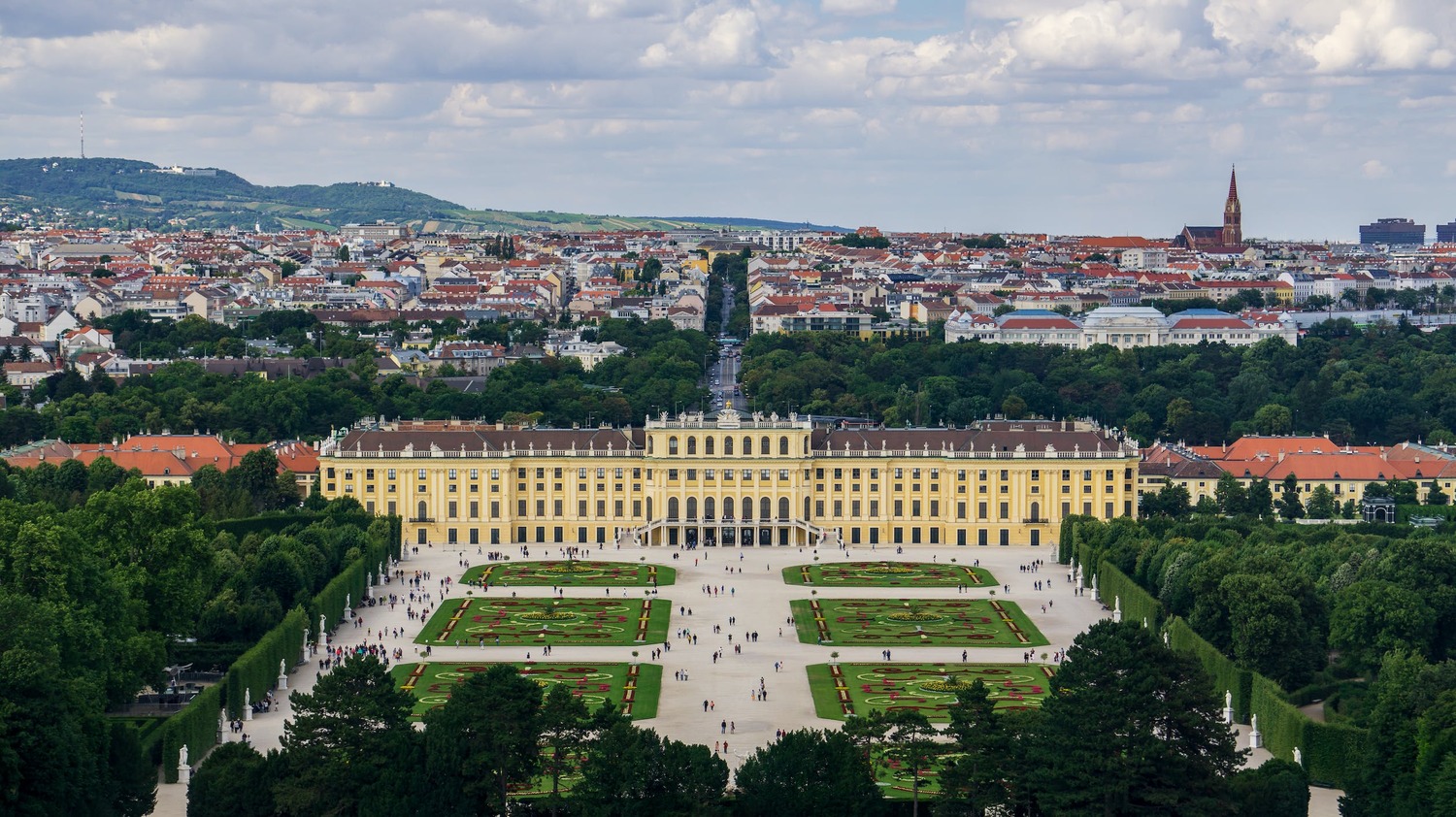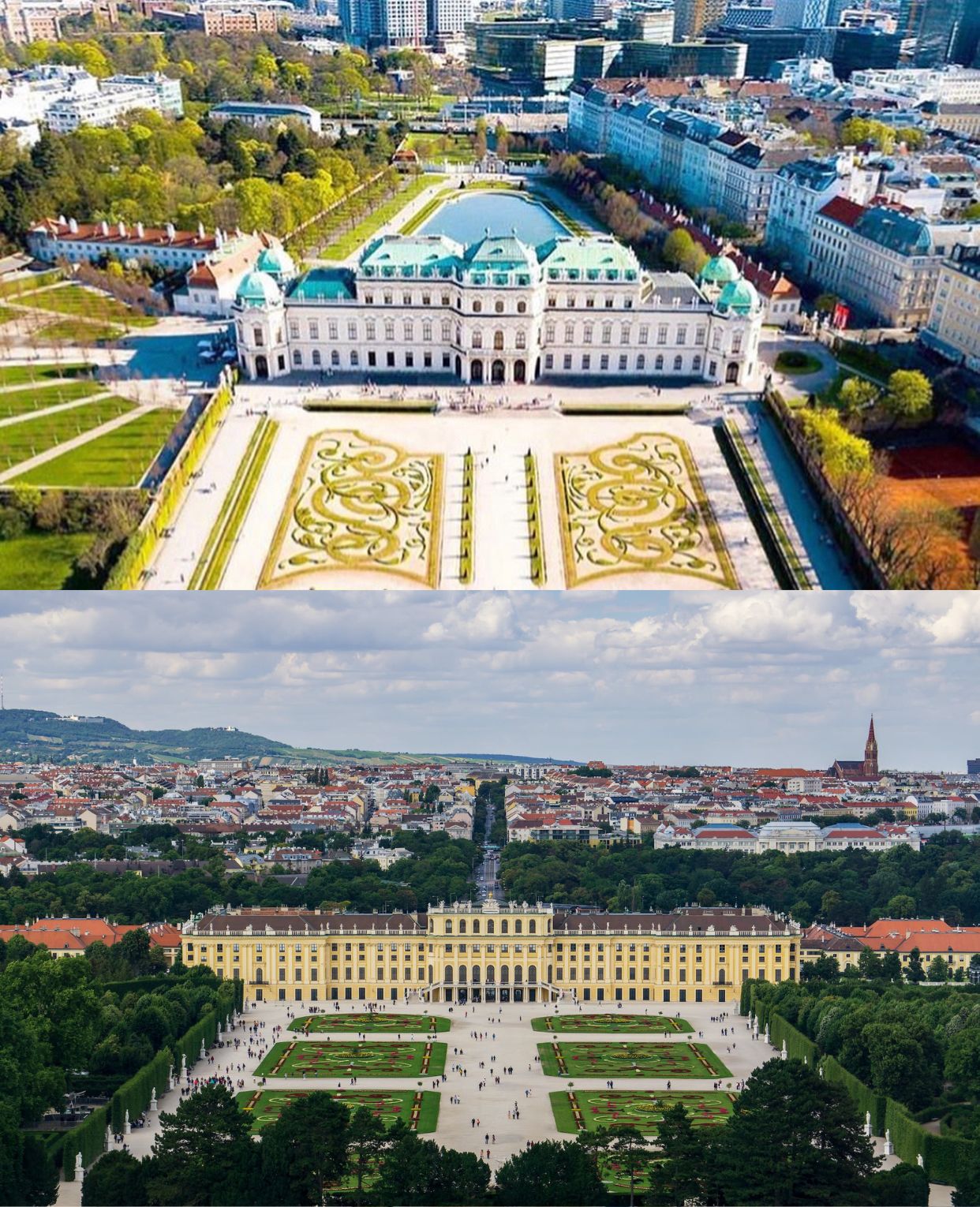Both Schönbrunn Palace and Belvedere Palace are iconic landmarks in Vienna, Austria, and each has its own unique charm. The choice between the two largely depends on your interests and preferences. Here's a brief overview of both palaces to help you decide:

History: Schönbrunn Palace is a UNESCO World Heritage Site and was the summer residence of the Habsburg monarchs. It has a rich history dating back to the 17th century.
Architecture: The palace boasts a stunning Baroque architecture and is surrounded by vast, well-maintained gardens with fountains, sculptures, and a zoo.
Attractions: Inside the palace, you can explore numerous rooms, including the extravagant state rooms. The highlight is the Great Gallery, where a young Mozart performed for Empress Maria Theresa.
Gloriette: The Gloriette, located on a hill behind the palace, offers panoramic views of Vienna.

History: Belvedere Palace consists of two palaces—Upper and Lower Belvedere—and was built in the 18th century as a summer residence for Prince Eugene of Savoy.
Architecture: The palaces showcase impressive Baroque architecture and are surrounded by beautiful gardens. The Upper Belvedere, in particular, is known for its grandeur.
Art Collections: The Upper Belvedere houses an extensive art collection, including works by Gustav Klimt, Egon Schiele, and other Austrian artists. "The Kiss" by Klimt is one of the most famous paintings in the collection.
Gardens: The gardens are well-maintained and offer a pleasant place for a stroll, with sculptures and fountains.
Which one to choose:
If you are interested in history, the Habsburgs, and want to explore a palace with extensive grounds and a zoo, Schönbrunn might be your preference.
If you are an art enthusiast, particularly a fan of Austrian Secessionist art, Belvedere might be more appealing due to its art collections, including the famous "The Kiss."
Ultimately, both palaces are worth visiting, and if time allows, you might consider seeing both to experience the different aspects of Vienna's imperial history and cultural heritage.


